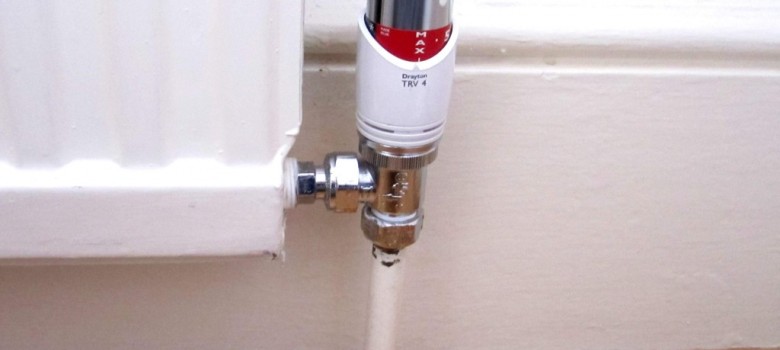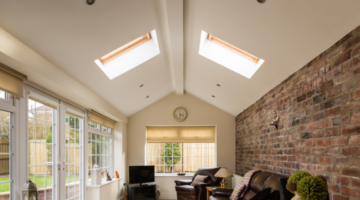
Installed new heating controls, but my bills have gone up!
We always talk about the importance of installing heating controls when you install a heating system because they save you money.
This normally is the truth, however we recently got an interesting email from a reader whose bill went up significantly when they installed a thermostat.
Before getting the thermostat installed, he had an old-fashioned clock thermostat that was set for an hour to warm the house up in the morning and then it came on in the evening for 4 hours, but fluctuated on and off every 15 minutes. (i.e. the boiler was actually only on for 2 hours cumulatively in the evening).
He then decided it was time to replace his old boiler with a new more efficient model – so at the same time he installed a nest thermostat having seen the marketing hype on the tube in London. So why then was he suddenly spending more? Surely a more efficient boiler and posh swanky heating controls should have produced pretty signifcant energy savings?
Following a bit of discussion with the customer the reason or reasons became clear!
Constant heating or twice a day?
The first was that he had a neighbour tell him that heating his home 24/7 would be cheaper because the house didn’t need to heat up from nothing. Now, you can read more about this here, but heating the home 24/7 does in some cases (in very well insulated homes), make more sense from an energy saving point of view than just heating twice a day. Unfortunately he lives in an old Victorian property.

Thermostats can help control the temperature of your home, but it is easy to leave the temperature too high!
On the whole when the energy loss of the property is high, then you should just heat it up twice a day – this is the cheapest way to go. If you have a new, well-insulated house, then absolutely, heating it 24/7 is the answer.
The second issue was the thermostat. It is easy to assume having one in the house is going to be excellent, however the issue was that the gentlemen in question had set his thermostat at 23 degrees. Now this is obviously higher than the average, but it is certainly not ridiculous and it is far lower than some properties we have visited.
The issue is though, if your thermostat is set to this temperature, the boiler needs to work hard to try and heat the air to that temperature. The real problem is maintaining your home at 23 degrees – especially when you live in an old house that is not very energy efficient.
Cold draughts coupled with high heat loss through the envelope of the home (i.e. walls, roof and floor) means that the boiler needs to work even harder to replace the warm air. This means that gas is almost being used non-stop to keep the home at the required temperature.
So unfortunately, despite the new boiler and the new heating controls this chap fell foul of some bad advice and also the fact he liked his home just marginally warmer than the average.

Well there are two things he can do straight away, the first is lower the thermostat – compensate the lower temperature of the home with more clothing and making sure the home is draught proofed to try and prevent heat escape.
The second is to take more action in insulating the home – cavity wall insulation or solid wall insulation would lower heat loss, as would loft insulation.
Anyway – it is one to be aware of, just because you have spent the money investing on energy efficiency and energy saving, it doesn’t always work like you would hope.












No Comments yet! Be the first one.